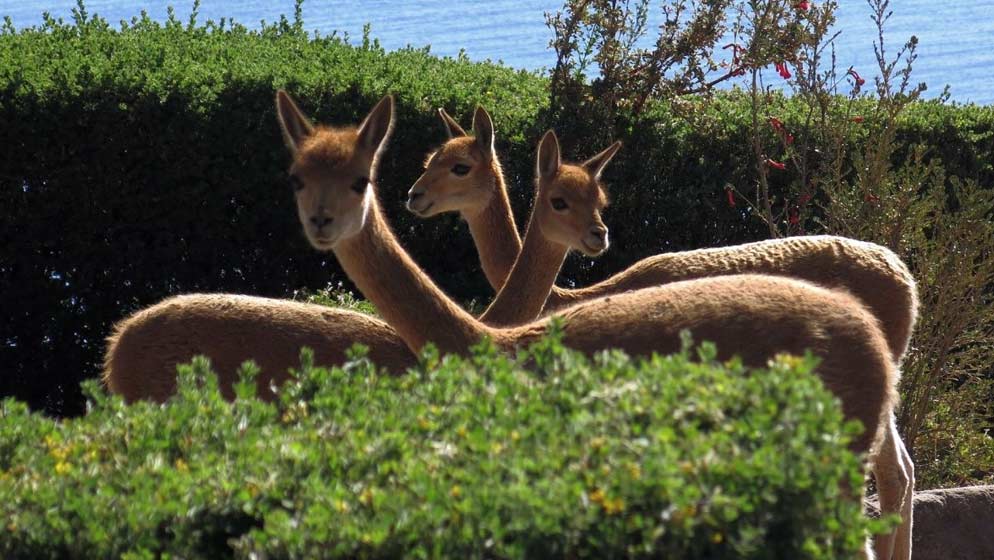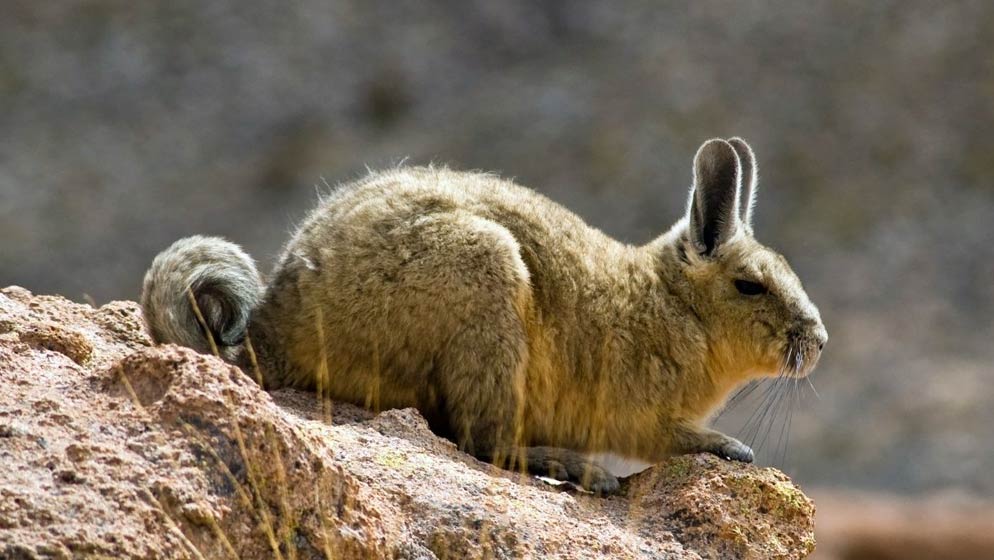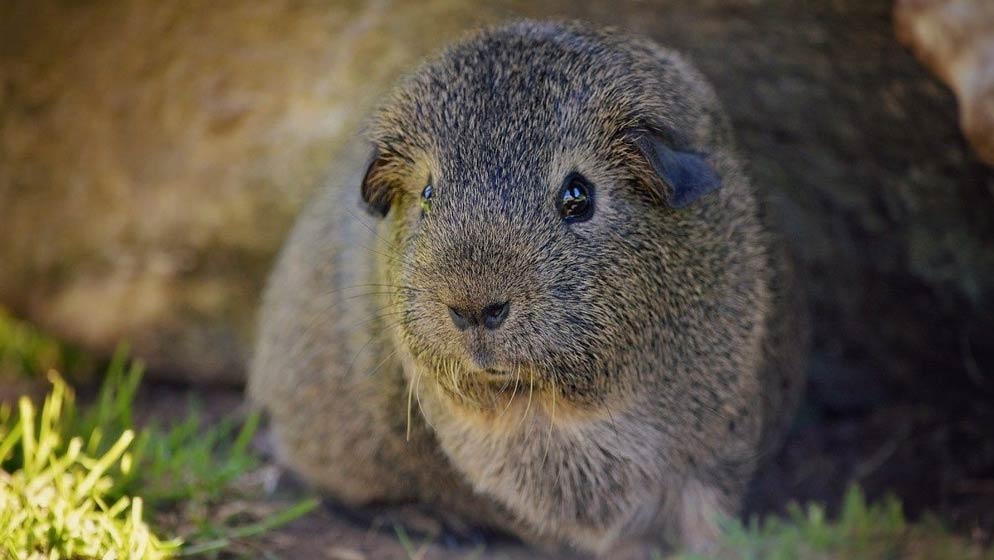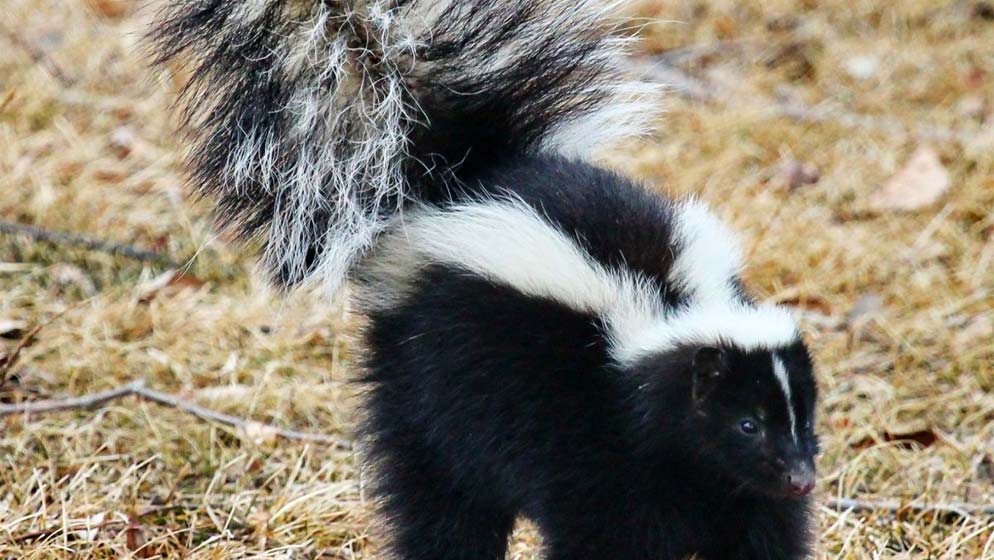Connecting Peru and Bolivia, the serene Lake Titicaca is home to various animals. Keep reading to discover more about Lake Titicaca wildlife and how to spot it.
Vicuñas
Vicuñas are the picture of elegance as they roam the high plains around Lake Titicaca. These wild relatives of the alpaca are treasured for their incredibly soft wool, which was once reserved for Incan royalty. Their slender frames and gentle demeanor make for a great sight to behold as they move gracefully across the plains.

Bolivian Vizcacha
The Bolivian vizcacha might remind you of a rabbit with its long ears and fluffy tail, but this adorable creature is actually more closely related to chinchillas. You’ll often spot these furry critters perched on rocky outcrops, soaking up the sun or hopping across the rugged terrain. Their ability to navigate the steep and rocky slopes around Lake Titicaca is nothing short of impressive.

Titicaca Grebe
The Titicaca Grebe, also known as the short-winged grebe, is a unique bird found only in the waters of Lake Titicaca. With its striking black-and-white plumage and bright red eyes, this grebe is a masterful diver, hunting for small fish and invertebrates beneath the lake’s surface. Sadly, the Titicaca Grebe is endangered, making it a rare but unforgettable sight for bird watchers.

Wild Guinea Pig
Before they became beloved pets around the world, wild guinea pigs roamed freely across the Andean landscapes. In the areas around Lake Titicaca, these small, sturdy creatures can still be found foraging for grasses and plants. Wild guinea pigs play an essential role in the ecosystem, helping to maintain the delicate balance of the high-altitude meadows.

Andean Fox
The Andean fox, or culpeo, is a skilled hunter of the Lake Titicaca region. With its bushy tail and reddish fur, this fox blends into the rugged surroundings as it hunts for small mammals, birds, and even insects. Though they are often shy and elusive, spotting an Andean fox in the wild is a thrilling experience, a reminder of the untamed spirit of the Andean wilderness.

Titicaca Water Frog
One of the lake’s most unique residents, the Titicaca water frog is known for its impressive size and distinctive folds of skin. Often called the “scrotum frog” due to its wrinkly appearance, this amphibian has adapted perfectly to the cold, oxygen-poor waters of Lake Titicaca. Sadly, like the Titicaca Grebe, this frog is endangered, making conservation efforts crucial to its survival.

Andean Skunk
The Andean skunk may be small, but it’s a formidable presence around Lake Titicaca. Easily recognized by its black-and-white stripes, this skunk is a skilled hunter, preying on insects, small mammals, and occasionally birds. Despite its potent defense mechanism, the Andean skunk plays an essential role in controlling pest populations around the lake.

Exploring Lake Titicaca wildlife is definitely an experience in and of itself. Make sure to make some time to enjoy the wonderful fauna of the lake! For help on everything Lake Titicaca, check out our Lake Titicaca information page!